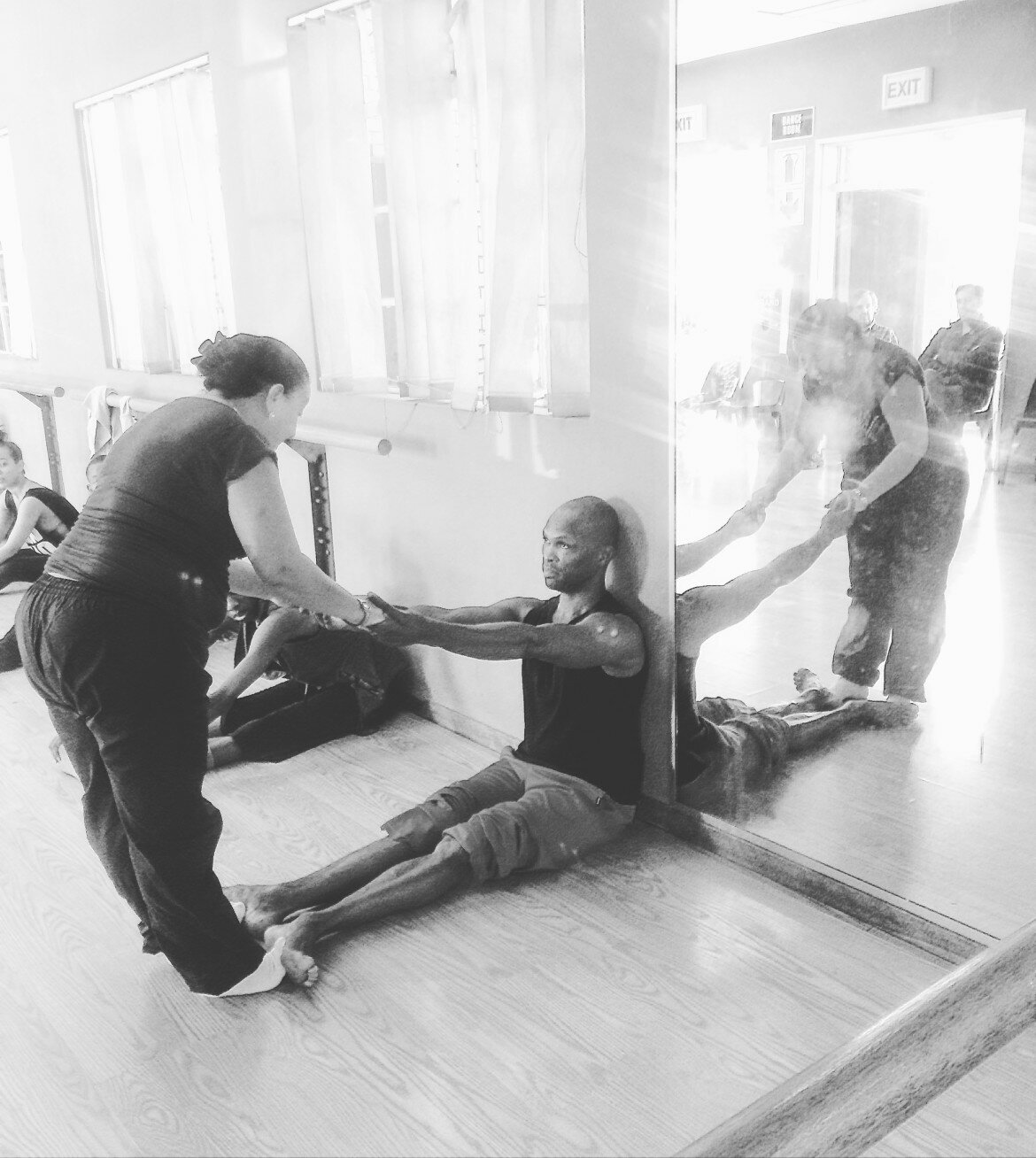
The South African International Ballet Competition (SAIBC) is pleased to announce the implementation of the Training Teachers in the Township Program. This exciting program was initiated by Dirk Badenhorst, CEO of the SAIBC and will be officially launched during May.
International ballet competitions is about the transference of knowledge and the legacies of dance, not just during the competitions but importantly from programs emanating from the competitions, such as the Training Teachers in the Townships program. Said Ms Baleka Mbete, the Honourable Speaker of Parliament at the recent 5th SAIBC on 28 February 2016: “For me no number of political speeches can actually achieve what is achieved through music, dance, the arts in general, writing – celebrating ourselves, celebrating our diversity, celebrating who we are from the different cultural backgrounds we came from and from the different countries and societies that have produced these young dancers here.”
The SAIBC has subsequently initiated a program for the Training Teachers in the Townships, the main purpose being to train and empower teachers in townships on how to coach dancers in classical ballet, using the proven Cuban method so well suited to South Africa. A full time Cuban teacher, Ms Maria De Los Angeles, based in South Africa for 8 months a year since 2015 already teaches in townships and suburbs such as Soweto, in Randfontein, Ennerdale and Ekurhuleni. Ms De Los Angeles qualified at the National Ballet School of Cuba and she specializes in the training of young children and teachers.
Transformation is a stated aim in South Africa that takes place in the public and private sectors, sport, as well as in classical ballet and dance. Over the past 20 years Dirk Badenhorst, CEO of the SAIBC, had a passion for outreach and development and established several initiatives. He officially launched a Cultural Interchange with dance institutions in Cuba with the support of the Cuban Ministry of Culture and the South African Departments of Arts and Culture and International Cooperation as the Cuban training method is an exceptional model for ballet training in this country with its multi-cultural society being so similar to that of Cuba. Cuba and South Africa have been working together for the past 20 years under the 20/20 Agreement and ballet is now part of the ongoing cooperation.
HE, Mr Carlos Fernández de Cossío, the Ambassador of Cuba has said that : “…the experience of cooperation in ballet between Cuba and South Africa is a demonstration of what our two countries and developing countries in general can achieve when they pull together and complement their resources. It is a development in line with the nature of our relationship”.
It takes years of specialised coaching to prepare a dancer to meet the demands the professional arena. The Cuban method not only ensures continuous fitness levels required from a professional ballet dancer (said to be on par of that of Olympic athletes) but is also aimed at injury prevention and recovery. The Cuban training methodology produced ballet super stars that are dancing in ballet companies all over the world, for example, Carlos Acosta (Royal Ballet, UK), Jose Manuel Carena (American Ballet Theatre), Osiel Gouneo (The Norwegian National Ballet), the legendary Alicia Alonso and the head of the Cuban National Ballet, as well as Juan Carlos Osma of Joburg Ballet who also danced in the Gala Performance at the 2016 SAIBC.
International ballet competitions like the SAIBC is a haven of knowledge where training techniques is shared among teachers and dancers. Competitors and their teachers benefit from the knowledge of the esteemed panels of judges representing some of the biggest companies and schools in the world with most of them former ballet stars themselves. Many laudable programs emanate from these competitions, and a program like the Training Teachers in the Townships is not only a vehicle for empowering our young dancers but also of nation building. Said Ms Mbete about the continuation of the SAIBC and its associated programs at the 2016 SAIBC: ”Dirk, keep on, we know that it is not always smooth sailing but keep on because the future can only be better because of what we see, because of the work that you are doing. Never get tired, we appreciate the work that you are doing.”
The Cuban involvement has broadened ballet’s appeal in South Africa as was reflected in a report in the Sowetan newspaper on 7 October 2011: “There was a time when classical dance such as ballet was associated with the privileged classes in the country, especially those from well-to-do families, to the exclusion of the poor. Now the country is changing, and the definition of who is poor and who is rich does not have a clear racial connotation. Opportunities have also opened up in traditionally white-dominated artistic disciplines and spaces, such as ballet.”
This far sighted program is funded by Ms Mary Slack and has grabbed the imagination to such an extent that even four of the South Korean competitors at the 2016 SAIBC, Minji Namkoong, Hyeonjeong Yoo, Seungmin Lee and Byeongin Choi, as well as Nikita Boris, an American competitor and a student of Ms Valentina Kozlova, and Justin Valentine also from the USA, have donated their prize money back for this program.
There is a lot of untapped dance talent in previously disadvantages communities that deserves the opportunity to be discovered and the Training Teachers in the Townships Program with the Cuban method that has produced so many ballet superstars will help our township children to also reach for the stars.

Cuban Teacher Maria De Los Angeles coaching township teacher John Tshunke
Issued by Leon Bezuidenhout () on behalf of the South African International Ballet Competition on 26 April 2016
Enquiries on the Program: Dirk Badenhorst on or
